A week after Cyclone Yaas, people struggle for drinking water; their farmlands and fish ponds destroyed
A low death toll in a cyclone need not mean less damage, and Cyclone Yaas proves that. Millions have been affected by the cyclone - their houses have been damaged and sources of livelihoods wiped off. The repeated cycle of disasters in the region has trapped them in poverty.
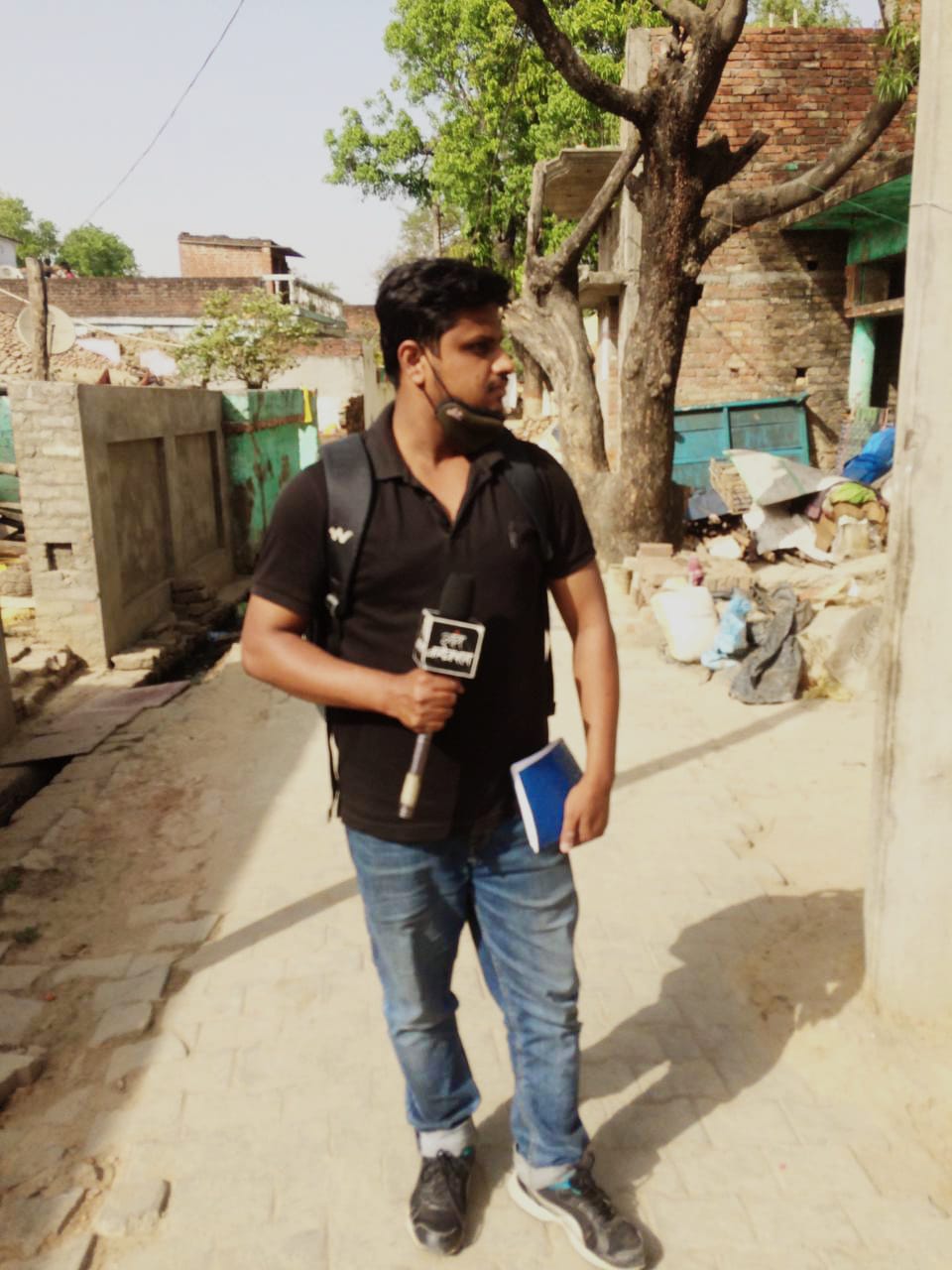
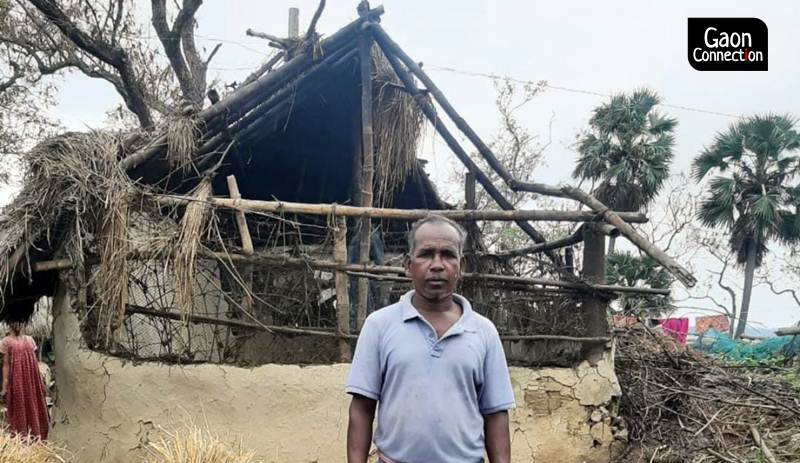
A man stands in front of his damaged dwelling in Odisha's Baleswar district. Photo: By Arrangement
Food is not as much of an issue for Kripusindhu Soren as the availability of drinking water is. “The tubewells are useless as the khaara paani (saline water) has entered the ground… A person can survive on one meal a day but thirst demands water many times a day. And it is a hot summer time,” said the 26-year-old whose asbestos-roofed house is damaged. He has no time to fix it as he makes multiple trips a day looking for meetha paani (drinking water) for his family of 10.
A resident of Parkhi village in coastal Baleswar (also known as Balasore) district in Odisha, Soren is one of the millions of people coping with the aftermath of the Cyclone Yaas which made a landfall along the coastline of Baleswar and Bhadrak districts on May 26.
It’s been over a week now. The cyclone is gone. And so are the reporters. But poor families along the east coast of India, especially in Odisha and West Bengal, are still picking up pieces of their lives scattered and shattered by yet another cyclone.
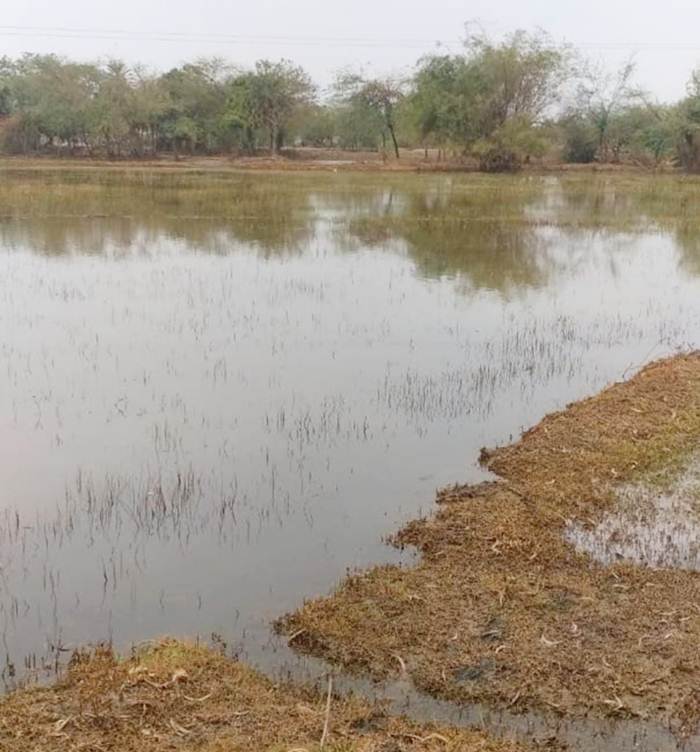
They know the drill as every year, year after year, these families are hit by cyclones, which seem to be getting more intense. Soren, whose village is about 50 metres away from the coast of the Bay of Bengal, is also no stranger to the crisis that unfolds after every cyclone.
The agriculture fields of Parkhi village are still inundated with saline water brought along with the rising waves and gusty winds of Cyclone Yaas. “The soil of our village will not be fit for cultivation for at least the next two to three crop cycles. Hunger may increase,” worried Soren. For now, several non-profits are running community kitchens and feeding the cyclone-hit people. Drinking water is being supplied through a water tanker.
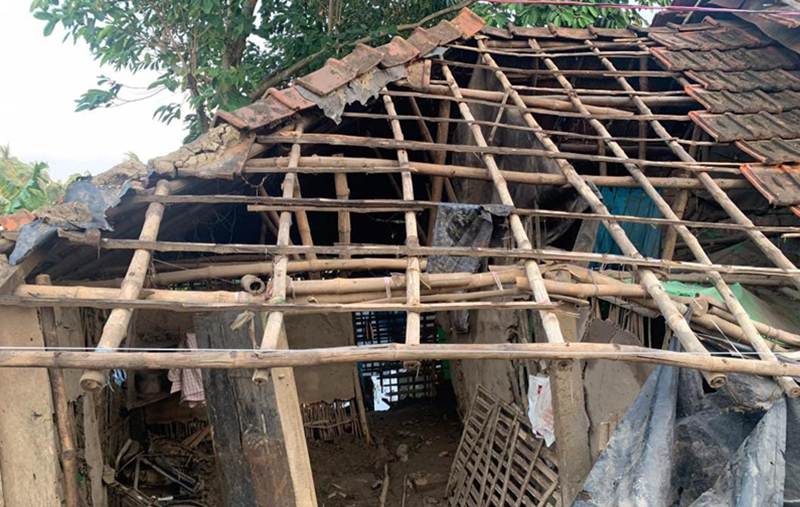
As per the Odisha government’s damage assessment report released on June 2, more than 1.9 million people have been affected due to the damages caused by the ‘Very Severe Cyclonic Storm’ Yaas.
Only one person has been officially counted as dead in the state whereas crops over 219,000 hectares area have been reportedly damaged.
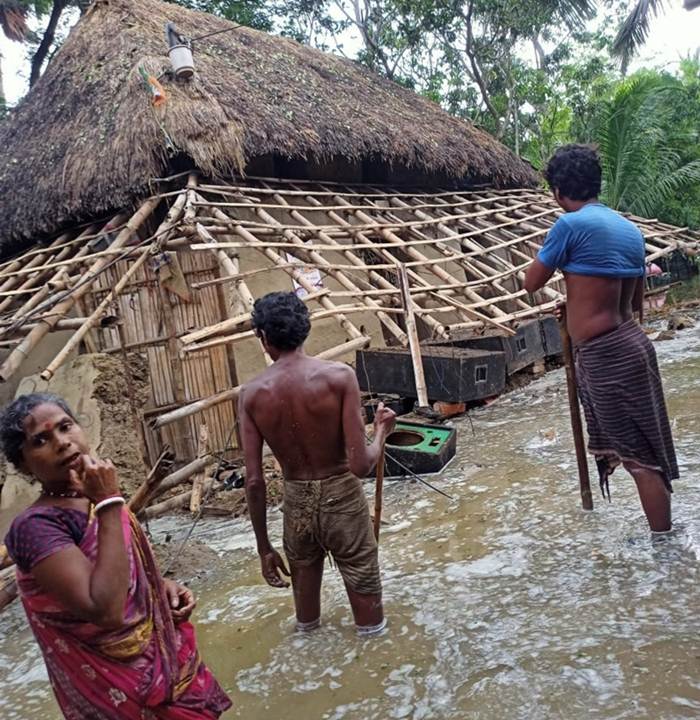
In neighbouring West Bengal, which also faced the fury of Cyclone Yaas, damages worth Rs 20 trillion are estimated and crops over 221,000 hectares damaged.
The disaster trap
Over 200 kilometres east of Soren’s village in Baleswar, paddy fields of farmers in Sagar Island of the Sundarbans are filled with saline water. All the freshwater ponds have turned saline too and fishes have perished. And so have the livelihood sources of some of the poorest people in the country.
Tapas Mondal, an environmental activist who works in the Sundarban delta of West Bengal told Gaon Connection that due to strong waves during the landfall of the cyclone, the embankments that protect the islands breached and broke at several locations.
Also Read: Who Moved my village?
“Due to this, the saline water entered the villages on these islands and caused heavy loss of livelihoods,” said Mondal. “Freshwater fishes, which are reared by the local inhabitants are destroyed, houses are damaged and the cultivable land’s soil quality is spoiled. It will take two to three years for the land to become fit for cultivation,” he said.
And this isn’t the first time the residents of the Sundarbans have braved a storm that has pulverised their houses and destroyed their livelihoods. Almost every year they are hit by a storm making it near impossible to cope with the cascading effect of these cyclones.
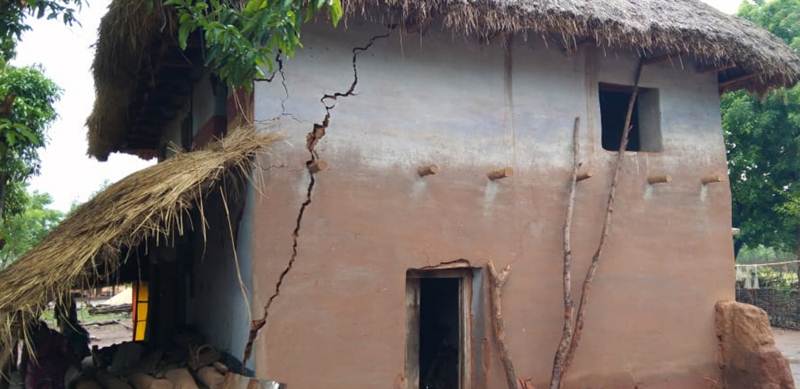
“It’s like a boxing match, you get a punch, you fall down and again you stand up to receive another punch. And there’s no referee!” Sanjay Vashisht, director of the Climate Action Network South Asia, a coalition of civil societies to promote action to address impacts of climate change told Gaon Connection.
“People depending on fishing and agriculture in the coastal areas are at an increased risk of living their lives as hostage to the vicious cycle of poverty due to the damage caused by these cyclones. The debt trap has been found to fuel crimes such as human trafficking,” said Vashisht.
Mondal seconded him.
“All these disturbances [extreme weather events] result in poverty-stricken people falling into the debt trap. Most of the people avail loans to repair their houses that have been damaged. And with cyclones hitting the coast every year, the deprivation of people living here becomes cyclic,” Mondal added.
‘Return to normalcy’
Who knows the disaster debt trap better than Soren and 2,000 other residents of his coastal village. According to him, it will take at least a year or two for their lives to recover from the cyclone’s damage. It costs around Rs 30,000 – Rs 40,000 to repair the houses, he said.

Also Read: Cyclone Amphan’s anniversary of despair
“But, by that time we’ll be hit by another cyclone. Such is life here. Kya kar sakte hain, cyclone ko to nahin rok sakte,” the 26-year-old told Gaon Connection with a tone marked by angst and helplessness. (What can be done, can’t stop a cyclone anyhow)
Soren wondered if it was possible to relocate the entire village to a place that was not affected by saline water ingress and one could drink water every time one felt thirsty in the hot weather.
Also Read: 50 years on, people in Bangladesh still have nightmares about the deadliest Bhola cyclone
He also worried about the cattle in his village: “The livestock in the village is about to perish. We don’t have enough water to drink for ourselves, I wonder what would happen to the cows and goats.”
Cyclone – a multi-faceted disaster
Unlike what is often projected, the impact of a cyclone does not end a couple of hours after the landfall. It often lingers on for months, or even years.

“In the mainstream media, cyclones are mostly reported as extreme weather events consisting of well defined stages like their formation, landfall, wind speed and destruction. A cyclone is a lot more than that,” Anshu Sharma, co-founder of Sustainable Environment and Ecological Development Society (SEEDS), told Gaon Connection. SEEDS works on protecting the lives and livelihoods of people exposed to disasters. Its members are at present involved in post-cyclone reconstruction work.
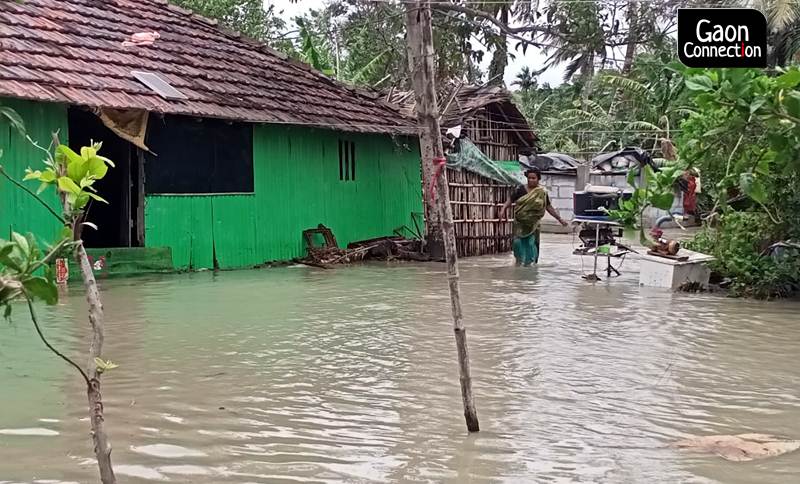
“In the Fani cyclone of 2019, an entire powerstation was damaged in Puri (Odisha). An entire city lived without electricity for a month. Imagine what it can do to a city. It meant that water pumping stations came to a halt. There’s no tap water available for a month. It leads to diseases,” Sharma said.
And the coastal communities are suffering due to the rising number and intensity of tropical storms.
Cyclones getting stronger
India has a long coastline of about 7,500 kilometres. And both its east coast and the west coast are regularly hit by cyclones.
Last year, a total of five cyclones had formed in the North Indian Ocean region, which includes the Arabian Sea and the Bay of Bengal. These cyclones included Super Cyclonic Storm Amphan, Very Severe Cyclonic Storm Nivar and Gati, Severe Cyclonic Storm Nisarga, and Cyclonic Storm Burevi.
Of these, Nisarga and Gati formed over Arabian Sea while the remaining three cyclones had originated over the Bay of Bengal.
This year, so far two cyclones have hit India in the month of May — Cyclone Tauktae in Arabian Sea and Cyclone Yaas in the Bay of Bengal. The bay is considered more ‘active’ in as far as cyclonic activity is concerned as compared to the Arabian Sea.
“Many large rivers like the Ganges and Brahmaputra fall into the Bay of Bengal. The water carried by these rivers is slightly warmer than the seawater. Warmer oceans are hospitable for cyclonic activity,” Vashisht told Gaon Connection.
“Also, the average depth of the Bay is lesser than the Arabian Sea which also has a lower sea water temperature, making it less prone for cyclone formation. Less depth is associated with higher temperatures. It’s like the difference between boiling the water in a pan and a deep vessel,” Vashisht explained further.
Also Read: More than four people died every day in India in 2020 due to extreme weather events – IMD report
“But due to climate change and global warming, even the Arabian Sea is getting volatile now and more cyclones are being witnessed,” he added.
Holistic approach for disaster management
Experts working on disaster management say that there is a lack of holistic approach in addressing the long-term crisis caused by the cyclones.
“It’s not just about three or four days of cyclonic activity, it’s about what the cyclone does to the community at large,” said Sharma.

According to Vashisth, we cannot leave it to the individuals and the markets to strengthen the mechanism of disaster response. “What is being done at present is a ‘first-aid approach’ where we somehow get the houses repaired only to be damaged in the next cyclone,” he said. “There needs to be clearly defined guidelines on the construction of houses and embankments in the cyclone prone areas,” he added.
Mondal, who works in the Sundarbans, said that the foremost demand of the people is the construction of stronger embankments that can withstand the rising waters during the cyclone.
On June 1, West Bengal Chief Minister Mamata Banerjee informed that repair works for 305 embankments out of the 329 damaged ones had been initiated in the state.
Talking about measures needed to combat the challenges posed by the destruction caused by these cyclones, Vashisht stated that a diversification of livelihoods in the low lying areas is a must.
Meanwhile, it is another day when Soren has to go looking for drinking water for his family while its members wait patiently inside a roofless house.

